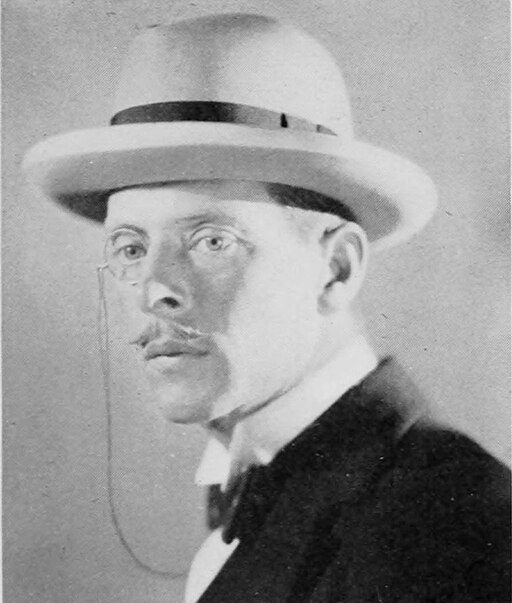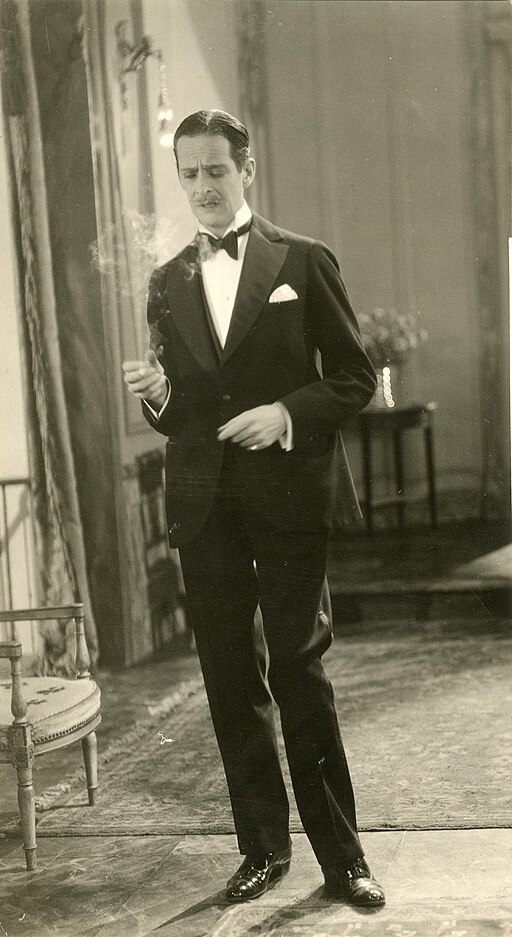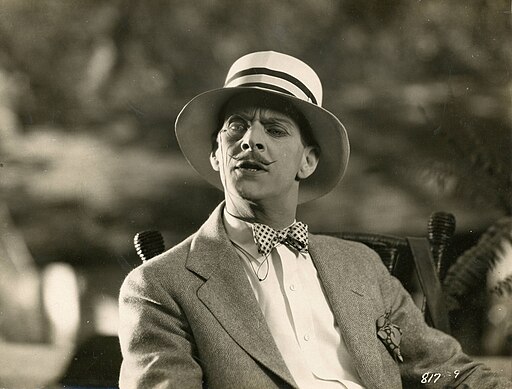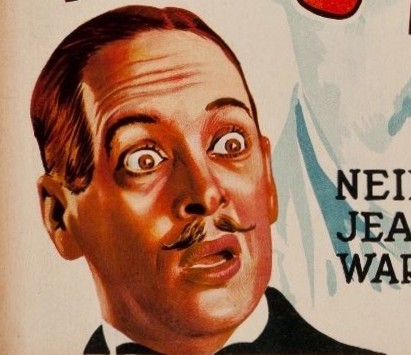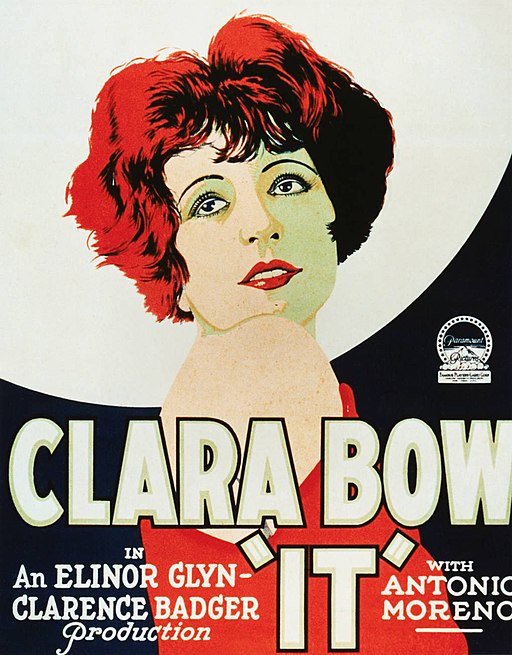William Austin
back| Full Name | William Austin |
| Stage Name | William Austin |
| Born | June 12, 1884 |
| Birthplace | Georgetown, British Guiana (now Guyana) |
| Died | June 15, 1975 |
| Buried | Pacific View Memorial Park, Corona del Mar, California |
| Married to | Unmarried |
| Children | None |
| Notable films | It (1927) - Lady Windermere's Fan (1925) - Batman (1943) |
William Austin
A Versatile Actor
William Austin's career spanned both the silent and early sound eras of Hollywood, marking him as a versatile actor who was able to transition between different phases of the industry. His role in "It" (1927) stands out as a significant part of his filmography, helping to capture the ethos and style of 1920s Hollywood cinema.
Related
William Austin (1884 – 1975)
Biography and Career Overview
William Austin, a distinguished British actor known for his versatility and distinctive presence in both silent and sound films, led a life that spanned significant changes in the landscape of cinema. His journey from the British Guiana (now Guyana) of the late 19th century to the glittering lights of Hollywood is a story of talent, persistence, and the silent film era's transition into sound.
Early Years and Path to Success
Born on June 12, 1884, in Georgetown, British Guiana, Austin's early life was marked by a blend of cultural influences, which perhaps contributed to his adaptability and flair as an actor. Though details of his early education and family life remain sparse, it is clear that Austin was drawn to the performing arts from a young age. Seeking opportunities beyond his birthplace, he ventured to England and then to the United States, immersing himself in the burgeoning film industry.
Austin's path to success in Hollywood was not immediate. He began his career on the stage, honing his craft in a variety of roles and gaining the kind of experience that would serve him well in silent cinema. His transition to film came as the silent era was in full swing, offering a new medium that demanded expressive acting styles suited to non-verbal storytelling. Austin's theatrical background, combined with his striking appearance and charisma, made him a natural fit for the silver screen.
Career Highlights
William Austin's filmography is a testament to his versatility. He adeptly played roles ranging from the comedic to the dramatic, making significant contributions to the silent film era. His role in the 1927 film "It," alongside Clara Bow, remains one of his most celebrated. In this film, Austin's performance captured the sophistication and wit that became his trademark. As the silent era gave way to sound, Austin's career transitioned smoothly, showcasing his ability to adapt to the evolving industry.
Personal Life and Passions
Details of Austin's personal life, including marriages and family, are less documented than his professional achievements, reflecting the era's tendency to focus on public personas over private lives. What is known, however, suggests a man dedicated to his craft, with a passion not only for acting but for the broader spectrum of the arts. He was known to be a keen observer of human nature, an attribute that undoubtedly enriched his performances.
Death and Legacy
William Austin passed away on June 15, 1975, just days after his 91st birthday. While the cause of his death is not widely publicized, his long life suggests a man who lived fully, witnessing the complete transformation of the film industry from its infancy through the golden age of Hollywood.
William Austin in Batman (1943):
Notable Movies Starring William Austin:
- "Lady Windermere's Fan" (1925): Based on Oscar Wilde's play, this silent film adaptation sees Austin in a key supporting role. The story revolves around Lady Windermere, who suspects her husband of infidelity, leading to a series of misunderstandings and revelations about trust and loyalty.
- "It" (1927): This film solidified Clara Bow's status as the quintessential "It" girl, with Austin playing a charming aristocrat. The narrative centers on a shop girl who catches the eye of a wealthy department store owner, sparking a romance defined by the era's notions of charisma and attraction.
- "Sherlock Holmes" (1932): In this early sound adaptation of the famous detective stories, Austin does not play Holmes or Watson but takes on a significant supporting role that showcases his versatility. The film follows Holmes and Watson as they investigate a series of murders tied to a mysterious musical box.
- "Batman" (1943): Stepping into the role of Alfred Pennyworth, Batman's loyal butler, Austin brought a touch of class and wit to this serial. The story pits Batman and Robin against Dr. Daka, a Japanese spy leading a gang of criminals in Gotham City during World War II.
Acting Style of William Austin:
William Austin's acting style, like many of his contemporaries who transitioned from the silent film era to talkies, was rooted in the expressive physicality that silent cinema demanded. This era required actors to convey emotion, intent, and narrative through gesture, facial expression, and body language, without the benefit of spoken dialogue. Austin, with his theatrical background, excelled in this environment, bringing a nuanced understanding of movement and expression to his roles.
Expressive Physicality
In silent films such as "It" (1927), Austin's performance showcased his ability to communicate complex emotions and character traits without words. His facial expressions were nuanced and carefully calibrated to convey the subtleties of his character's feelings and motivations. This expressive physicality was not just about broad gestures; it was about the slight movements, the timing, and the interplay between his expressions and the context of the scene.
Adaptability and Range
Austin's transition to sound films demonstrated his adaptability. With the advent of talkies, many silent film actors found it challenging to adjust to the new medium, but Austin managed to transition smoothly. This adaptability was likely due to his stage experience, which would have provided him with a strong foundation in vocal projection and clarity, essential skills for the sound era.
His acting style in sound films incorporated his expressive physicality but was balanced with a more restrained and nuanced vocal performance. He understood the power of silence, the significance of a well-timed pause, and the impact of voice modulation to convey depth and add layers to his characters.
Sophistication and Wit
Many of Austin's roles, particularly in comedies and social dramas, were imbued with a sense of sophistication and wit. His portrayal of aristocrats, gentlemen, and other refined characters was often highlighted by a subtle irony or a knowing glance, adding a layer of complexity to the narrative. This sophistication was not merely a matter of accent or attire but emanated from his bearing, timing, and the subtle interplay between his verbal and non-verbal communication.
Legacy and Influence
While William Austin may not be as widely recognized today as some of his contemporaries, his acting style represents a fascinating bridge between the silent and sound eras of cinema. His performances offer valuable insights into the transition period of Hollywood filmmaking, where actors had to navigate the challenges of a rapidly evolving industry. Austin's work exemplifies the era's acting styles, marked by expressiveness, adaptability, and a blend of theatricality with cinematic subtlety.
Comprehensive List of Movies with William Austin:
1920s
- "Lady Windermere's Fan" (1925)
- "The Cat's Pajamas" (1926)
- "It" (1927)
- "Figures Don't Lie" (1927)
- "Get Your Man" (1927)
- "A Texas Steer" (1927)
- "Someone to Love" (1928)
- "The Fifty-Fifty Girl" (1928)
- "Red Hair" (1928)
- "Three Weekends" (1928)
- "The Canary Murder Case" (1929)
- "The Man I Love" (1929)
- "The Studio Murder Mystery" (1929)
- "The Love Doctor" (1929)
- "Not So Dumb" (1930)
1930s
- "Paramount on Parade" (1930)
- "Ladies Man" (1931)
- "Sherlock Holmes" (1932)
- "Alice in Wonderland" (1933) (as the Gryphon)
- "One Exciting Adventure" (1934)
- "Limehouse Blues" (1934)
- "The Woman Condemned" (1934)
- "Smart Girl" (1935)
- "The Goose and the Gander" (1935)
- "The Case of the Missing Man" (1935)
- "Give Me Your Heart" (1936)
1940s
- "The Man Who Came to Dinner" (1942) (Uncredited)
- "Batman" (1943) (as Alfred Pennyworth)
- "Sherlock Holmes and the Voice of Terror" (1942) (Uncredited)

